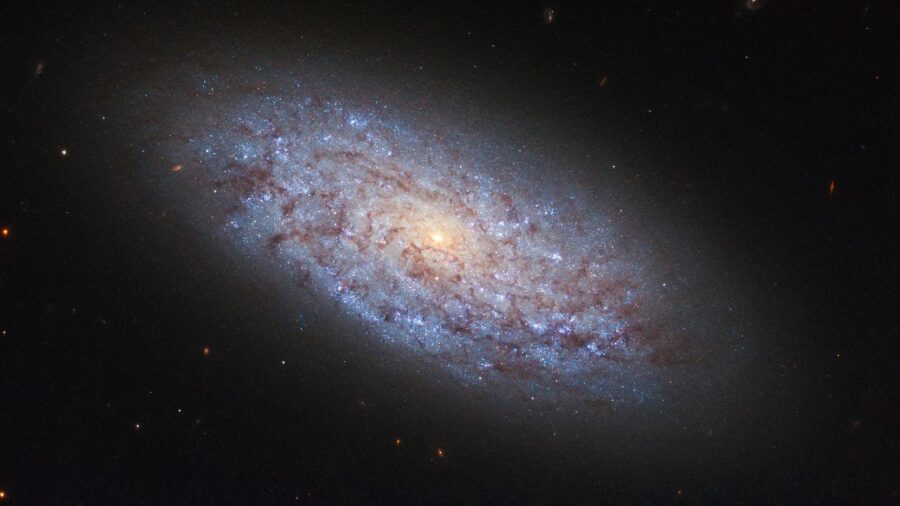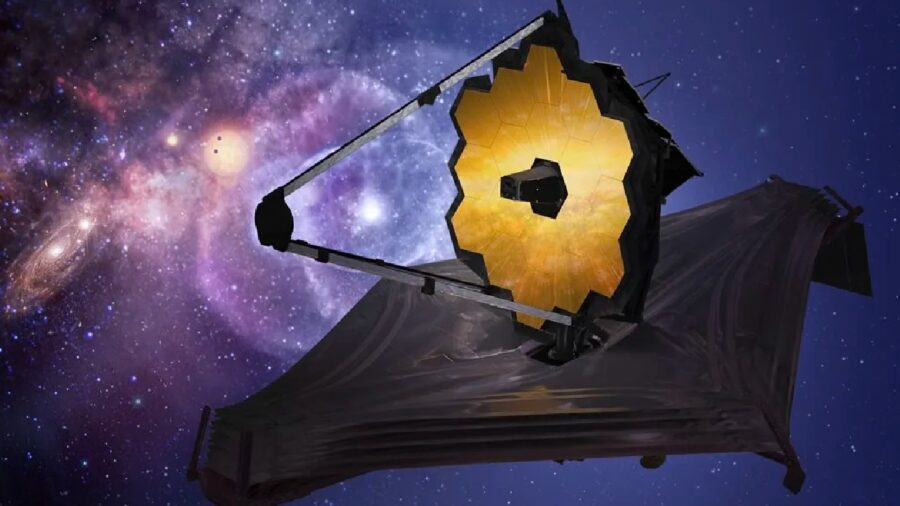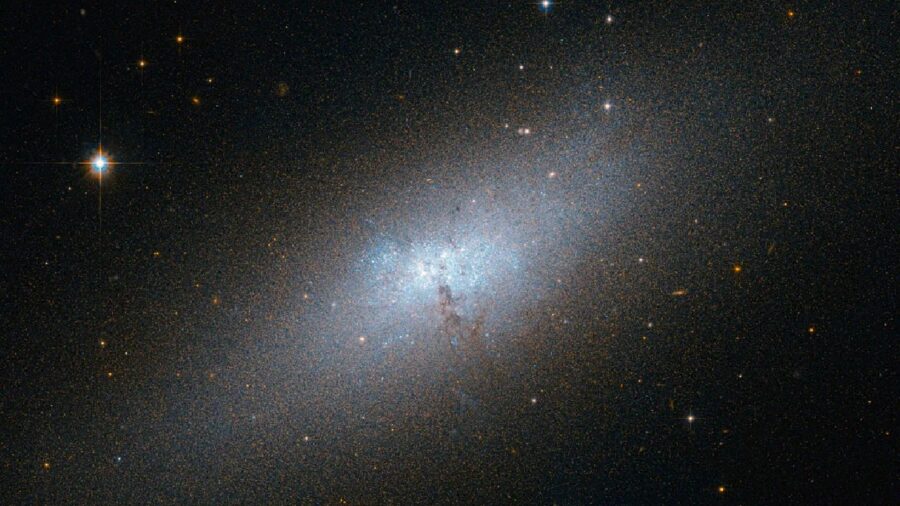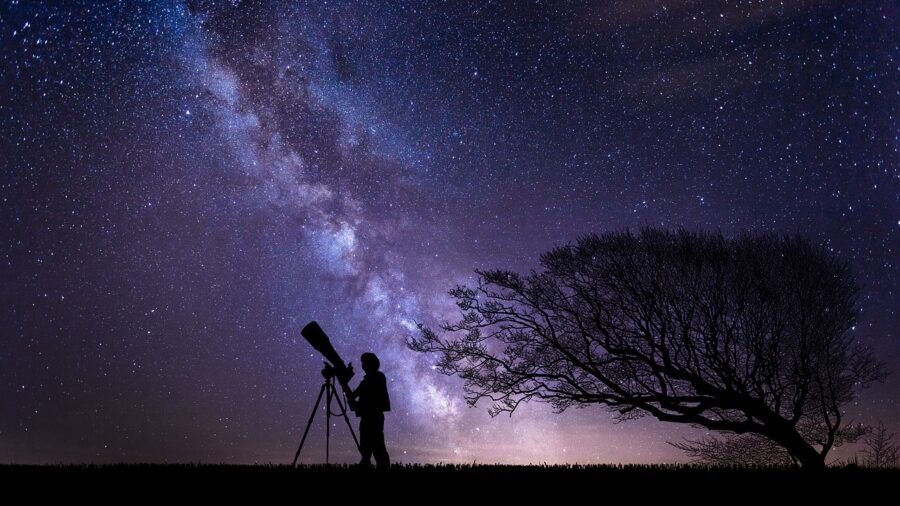Galaxy That Shouldn’t Exist Shows Up In JWST Photo

Scientists are puzzled by a newly discovered dwarf galaxy found 98 million light years away from Earth that we’re now calling PEARLSDG. This new isolated galaxy was accidentally stumbled upon by astronomers who were using the James Webb Space Telescope (JWST) to observe the CLG1212 galaxy. Given what we currently know about this type of formation, researchers are quick to point out that PEARLSDG follows its own rules when we consider its age and ability to generate new stars in the greater context of the known universe.
Dwarf Galaxies

Typically speaking, a dwarf galaxy forms stars throughout its lifetime and interacts with neighboring galaxies during this process. What makes PEARLSDG unique is the fact that it’s been quite some time since it formed any new stars, making it a quiescent (inactive) galaxy. This assumption is based on the low levels of UV radiation, which indicates a lack of star formation for at least a billion years.
A Dwarf Galaxy Anomaly

Scientists were able to arrive at this conclusion by observing individual red giant branch (RGB) stars located within the dwarf galaxy. By measuring the brightness of RGB stars, astronomers are able to calculate the formation’s distance from Earth. When compared to the brightness of other stars in close proximity, it’s reasonable to assume that we’re witnessing an anomaly that doesn’t follow the established characteristics of dwarf galaxies that we’ve historically thought to be true.
An Isolated Galaxy?

What makes PEARLSDG a truly unique dwarf galaxy is the fact that it has no known neighbors. When a galaxy becomes quiescent, it’s usually because a neighboring galaxy has stripped it of its gases, halting star production. In other words, if PEARLSDG is, in fact, an isolated dwarf galaxy, then it should still be producing new stars because no other galaxy that we know of is interacting with it.
Tim Carleton of the Arizona State University published his team’s research in The Astrophysical Journal Letters. The paper, entitled “PEARLS: A Potentially Isolated Quiescent Dwarf Galaxy with a Tip of the Red Giant Branch Distance of 30 Mpc,” lays out all facts as they’re currently understood. The prevailing hypothesis suggests that there are other isolated quiescent galaxies that have yet to be discovered.
Nothing Is Ruled Out

Carleton and his team aren’t ready to rule out past interactions with other nearby yet undiscovered quiescent galaxies as they try to wrap their heads around the recently discovered dwarf galaxy. Though there is no current evidence that PEARLSDG has interacted with other galaxies, it may be too soon to rule out the possibility. Until more data points are pointed out, we’re currently dealing with a sample size of one.
An Accidental Discovery

This accidental discovery tells researchers that the formation and evolution of a dwarf galaxy may be a lot more complex (and perhaps more common) than we initially thought. Now that we know that such a formation exists, researchers can search for more quiescent dwarf galaxies with intent instead of stumbling upon them by happenstance. Now that we know that the JWST is capable of observing a dwarf galaxy with clarity from such an unthinkable distance, it’s only a matter of time before we make a significant breakthrough in this field of study.












